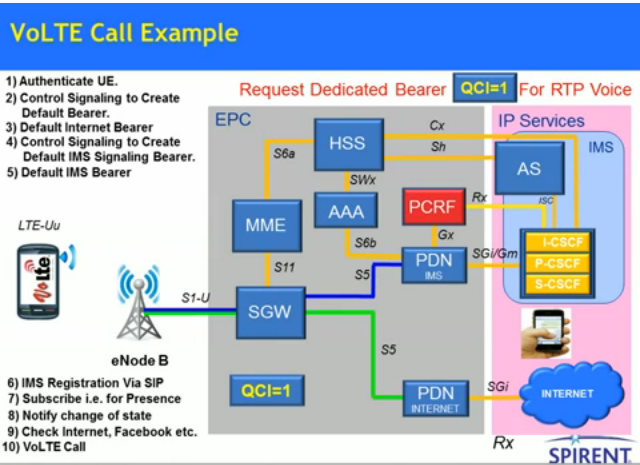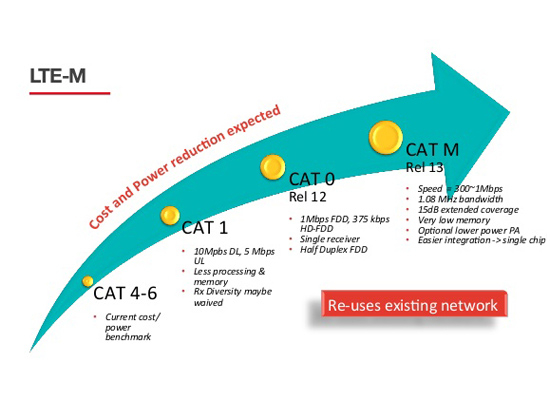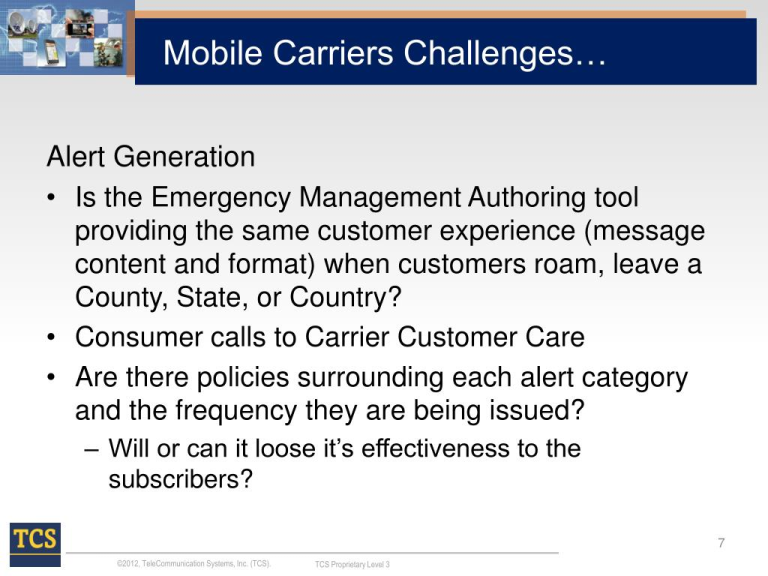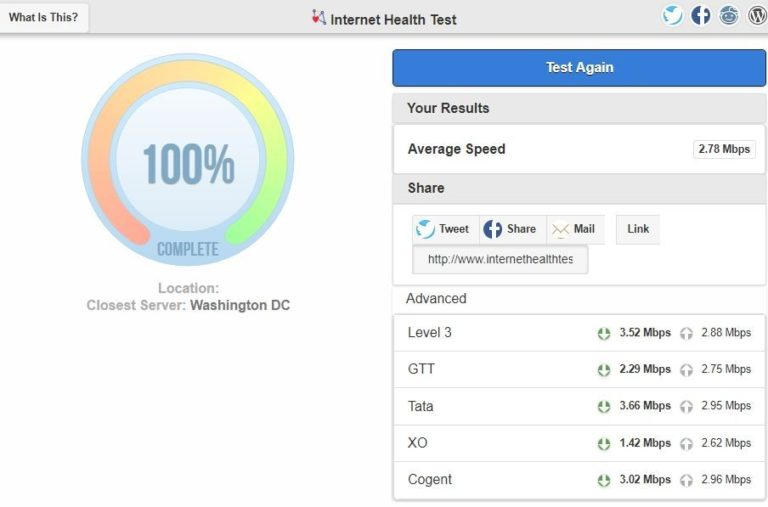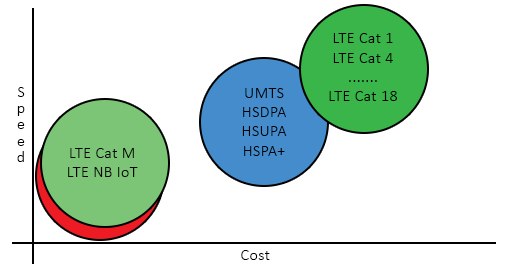
LTE Category M is revolutionizing the landscape of IoT devices by providing a tailored solution for low-power connectivity. As the demand for smart utilities, factory sensors, and wearables rises, the need for efficient networks becomes critical. Sequans Communications, with its innovative Monarch chip, has positioned itself at the forefront of this shift, ushering in a new era of LTE for IoT. This development not only promises to cater to the unique requirements of these devices but also aligns with the anticipated rollout of Category M networks in late 2016 or early 2017. With projections estimating nearly 1.5 billion connections in this sector by 2020, the significance of LTE Category M cannot be overstated.
The advent of LTE Category M marks a pivotal moment in the evolution of low-power wide-area networks, targeting specific needs of the Internet of Things (IoT). Often referred to as narrowband IoT or Low-Power IoT, this technology is designed to support a myriad of applications, including smart meters and health monitoring devices. The Monarch chip from Sequans not only facilitates these connections but enhances the overall efficiency of such devices, enabling them to sustain operations on minimal power for extended periods. As industries increasingly integrate these solutions, the transition towards dedicated networks for IoT applications is gaining momentum, promising a more robust infrastructure for future innovations.
The Emergence of LTE Category M for IoT Devices
LTE Category M, spearheaded by Sequans Communications, represents a significant leap in mobile telecommunication technology, specifically tailored for low-power Internet of Things (IoT) devices. This innovative chip, known as the Monarch, has been designed to cater to the unique demands of utility meters, factory sensors, and wearable technology, which requires efficient and sustainable connectivity. Unlike traditional LTE standards aimed at smartphones and high-bandwidth applications, LTE Category M prioritizes lower power consumption, thus enabling devices to operate effectively in the field for extended periods, sometimes up to 10 years.
As IoT devices proliferate, the need for specialized networks becomes more apparent. LTE Category M networks differentiate themselves by providing slower data rates that are sufficient for the transmission needs of these devices, aligning with functionalities such as data collection and monitoring rather than streaming or interactive applications. According to industry estimates by Machina Research, the market for these low-power IoT devices is projected to soar, reaching nearly 1.5 billion connections by 2020. Sequans’ efforts to develop Category M technology are set to pave the way for widespread adoption of IoT solutions across various sectors.
Frequently Asked Questions
What is LTE Category M and how does it relate to IoT devices?
LTE Category M, also known as LTE-M, is a version of the LTE mobile standard specifically designed for low-power IoT devices. Unlike traditional wireless networks used for smartphones, LTE-M supports applications like utility meters and factory sensors that require slower data rates and long battery life, making it ideal for devices that may need to function in the field for up to 10 years.
What are the benefits of using Sequans Monarch chip for LTE Category M applications?
The Sequans Monarch chip is optimized for LTE Category M networks and is designed to facilitate low-power IoT applications. Its advanced power management technology allows IoT devices to operate on a single battery for 10 to 15 years, making it ideal for applications like asset tracking, health monitors, and home automation.
How does LTE Category M improve the connectivity of low-power IoT devices compared to traditional networks?
LTE Category M improves connectivity for low-power IoT devices by offering lower power consumption, extended coverage, and sufficient bandwidth for applications that need to transmit small amounts of data over extended periods. This contrasts with traditional networks that are optimized for high-speed data, which is not necessary for many IoT applications.
What kind of applications can benefit from LTE Category M networks?
Applications that can benefit from LTE Category M networks include utility meters, home automation devices, health monitors, and wearables. With the ability to transmit data at varying speeds (M1 at 375 Kbps and M2 at 55 Kbps), Category M networks cater to the specific needs of these devices, optimizing their energy usage and operational efficiency.
How do LTE Category M1 and M2 differ in performance for IoT devices?
LTE Category M1 supports a higher upload speed of 375 Kbps, making it suitable for more data-intensive applications, while M2 operates at 55 Kbps, prioritizing even lower power consumption. Both categories are designed to meet the unique demands of low-power IoT devices, allowing for longer operational lifetimes.
What role does Gemalto play in the development of LTE Category M IoT modules?
Gemalto collaborates with Sequans to develop IoT device modules based on the Monarch chip for LTE Category M applications. These modules integrate advanced features and are designed to seamlessly switch to 2G or 3G networks when LTE Category 1 connectivity is unavailable, ensuring continuous functionality for IoT devices.
Why is latency and performance an important consideration for LTE Category M networks?
Latency and performance are critical for LTE Category M networks as they directly impact the effectiveness of IoT devices in real-world conditions. While technical specifications suggest high capability, practical performance in the field is vital for ensuring consistent and reliable data transmission for various applications.
What makes LTE Category M an attractive option for IoT solution providers?
LTE Category M is attractive for IoT solution providers due to its ability to deliver long-range connectivity with low power consumption, which is essential for devices operating in remote locations. Additionally, the ease of integrating LTE-M into existing wireless infrastructure offers a path for rapid expansion of IoT applications.
| Key Point | Details |
|---|---|
| Introduction of LTE Category M | Sequans Communications announced the first chip for LTE Category M, specifically designed for low-power IoT devices. |
Summary
LTE Category M is poised to transform the IoT landscape with its tailored solutions designed for low-power devices. Sequans Communications has pioneered this initiative by launching the Monarch chip, anticipating its integration into various sectors such as utility monitoring and health devices by early 2017. This innovation marks a significant leap as LTE seeks to challenge existing IoT networks, offering a promise of long battery life and efficient data handling. With substantial market projections and collaborations with leading carriers like Verizon, LTE Category M is set to capture a substantial share of the IoT market, making it an exciting development for both manufacturers and users alike.
